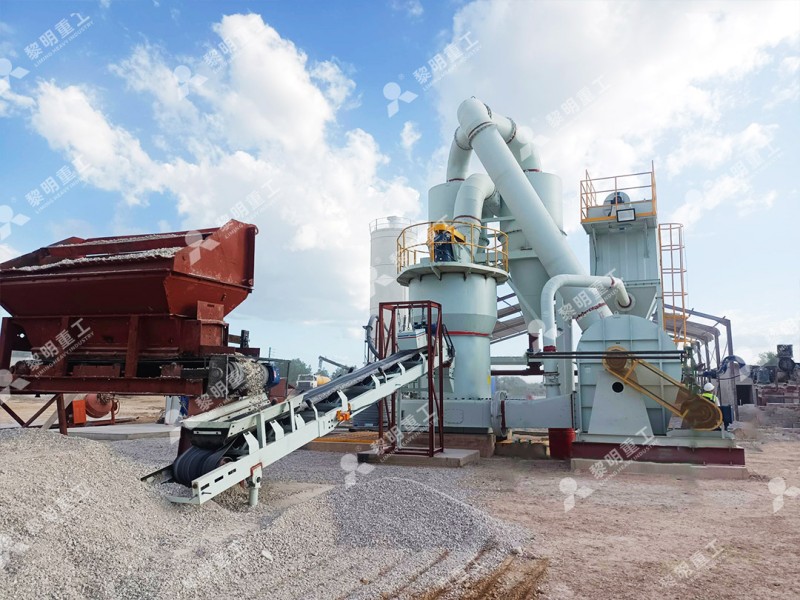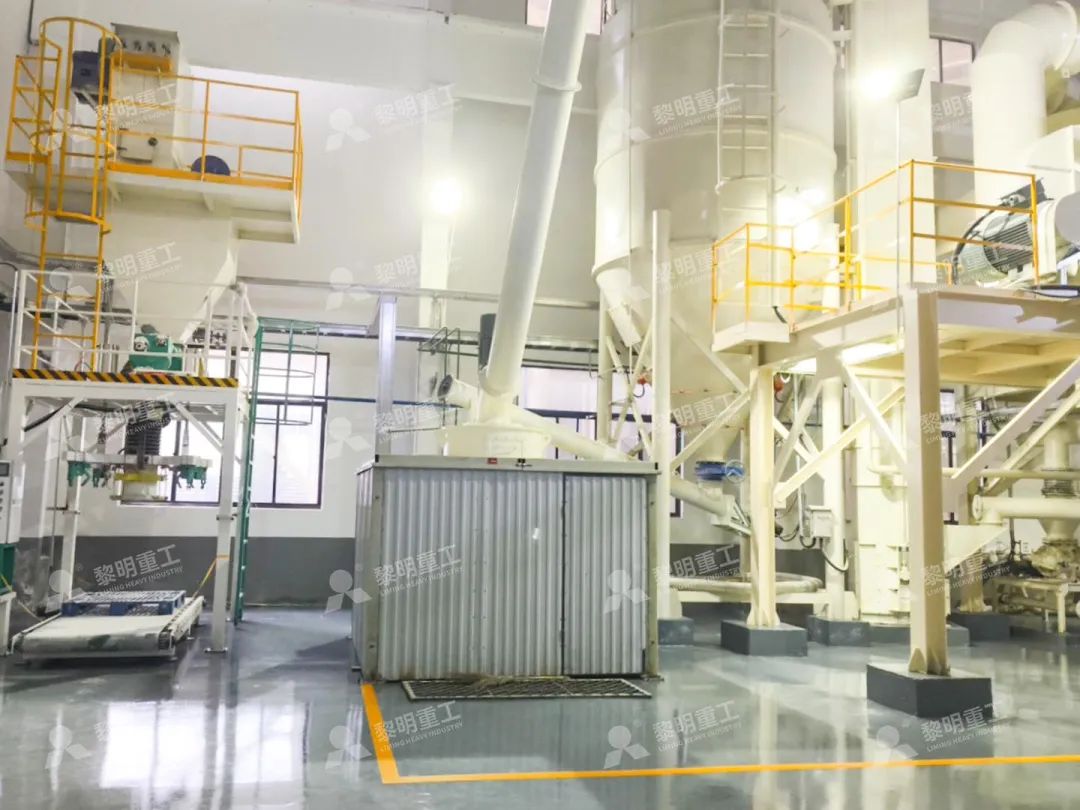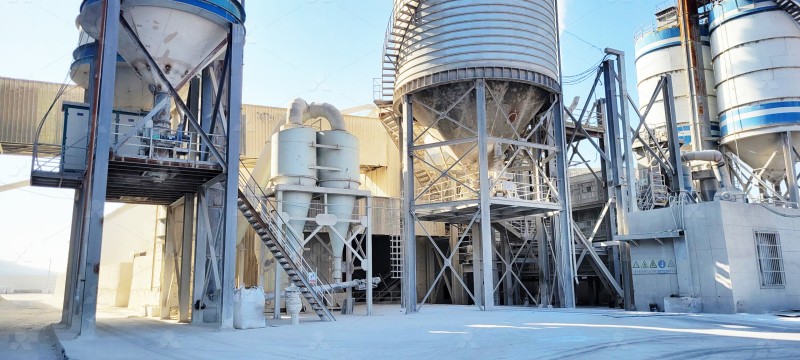Smallest Rock Crusher and Grinder for Stones: A Practical Guide
Smallest Rock Crusher and Grinder for Stones: A Practical Guide
For small-scale miners, construction crews, or hobbyists working with stone materials, finding the right equipment that balances size, efficiency, and cost can be a challenge. The ideal machine should handle small batches of material reliably without occupying excessive space or consuming too much power. Let’s explore what makes a compact rock crusher and grinder effective for processing stones.

When selecting equipment, consider the input size of your raw materials and the required production capacity. For many small operations, machines that handle feed sizes up to 20mm with capacities around 0.5-25 tons per hour strike the perfect balance between capability and footprint. The key is finding equipment that delivers consistent performance without the bulk of industrial-scale machinery.
Ultrafine Grinding Solutions for Small Operations
For operations requiring fine powder production, the MW Ultrafine Grinding Mill represents an excellent solution for small to medium-scale processing. With an input size of 0-20mm and capacity ranging from 0.5-25 tph, this machine is specifically engineered for customers needing to produce ultra-fine powder efficiently. What makes it particularly suitable for smaller operations is its integrated design that includes efficient pulse dust collection and noise reduction features, ensuring minimal environmental impact even in constrained spaces.
The MW Ultrafine Grinding Mill achieves remarkable efficiency through newly designed grinding curves of the grinding roller and ring, enhancing grinding performance significantly. Compared to other grinding methods, it offers 40% higher production capacity with the same fineness and power consumption. Perhaps most importantly for small operations, its energy consumption is only 30% of jet grinding mills, making it both space-efficient and cost-effective to operate.

Vertical Grinding Options for Limited Spaces
For operations with particularly tight spatial constraints, vertical grinding mills offer significant advantages. The LUM Ultrafine Vertical Grinding Mill, with its input size of 0-10mm and capacity of 5-18 tph, provides exceptional performance in a compact footprint. Its independently designed grinding system incorporates the latest grinding roller technology and German powder separating technology, making it an intelligent choice for operations where floor space is at a premium.
What sets the LUM model apart for small-scale applications is its reversible structure, which allows for easier maintenance—a crucial consideration when specialized service technicians may not be readily available. The double position-limiting technology ensures stable operation even with variable feed materials, while the multi-head powder separating technology reduces energy consumption by 30%-50% compared to conventional grinding mills.
Key Considerations for Small-Scale Stone Processing
When implementing compact crushing and grinding systems, several factors deserve particular attention. First, consider the complete workflow from raw material to finished product—ensuring that each component in the system matches in capacity and compatibility. Second, evaluate the total cost of ownership, including energy consumption, maintenance requirements, and spare parts availability. Finally, assess the environmental compliance features, particularly dust and noise control, which become increasingly important when operating in populated areas or sensitive locations.

Both the MW Ultrafine Grinding Mill and LUM Ultrafine Vertical Grinding Mill address these concerns through designs that prioritize operational efficiency, minimal maintenance, and environmental responsibility. Their digitalized processing ensures high precision manufacturing of core components, while comprehensive spare parts support guarantees worry-free operation—critical factors for small businesses that cannot afford extended downtime.
Frequently Asked Questions
What is the smallest practical size for a rock crusher and grinder system?
Practical small-scale systems typically handle input sizes up to 20mm with production capacities from 0.5-25 tph, balancing performance with space requirements.
How important is energy efficiency in small grinding equipment?
Extremely important—efficient designs like the MW Ultrafine Grinding Mill can reduce energy consumption by 30-50% compared to conventional mills, significantly impacting operating costs.
Can small grinders produce fine powder suitable for industrial applications?
Yes, advanced compact grinders can achieve fineness between 325-2500 meshes with screening rates up to d97≤5μm, meeting requirements for chemicals, cosmetics, and food additives.
What maintenance advantages do modern small grinders offer?
Designs like the LUM Ultrafine Vertical Grinding Mill feature reversible structures and external lubrication systems, enabling easier maintenance without specialized tools or extensive downtime.
How do environmental considerations factor into equipment selection?
Modern compact systems incorporate pulse dust collectors, silencers, and sealed operation to minimize dust and noise pollution, ensuring compliance with environmental standards even in sensitive locations.
